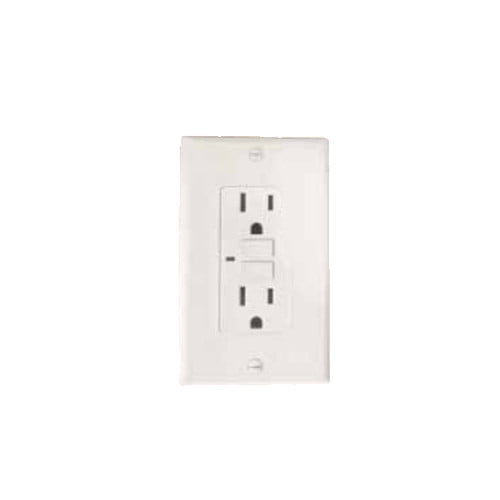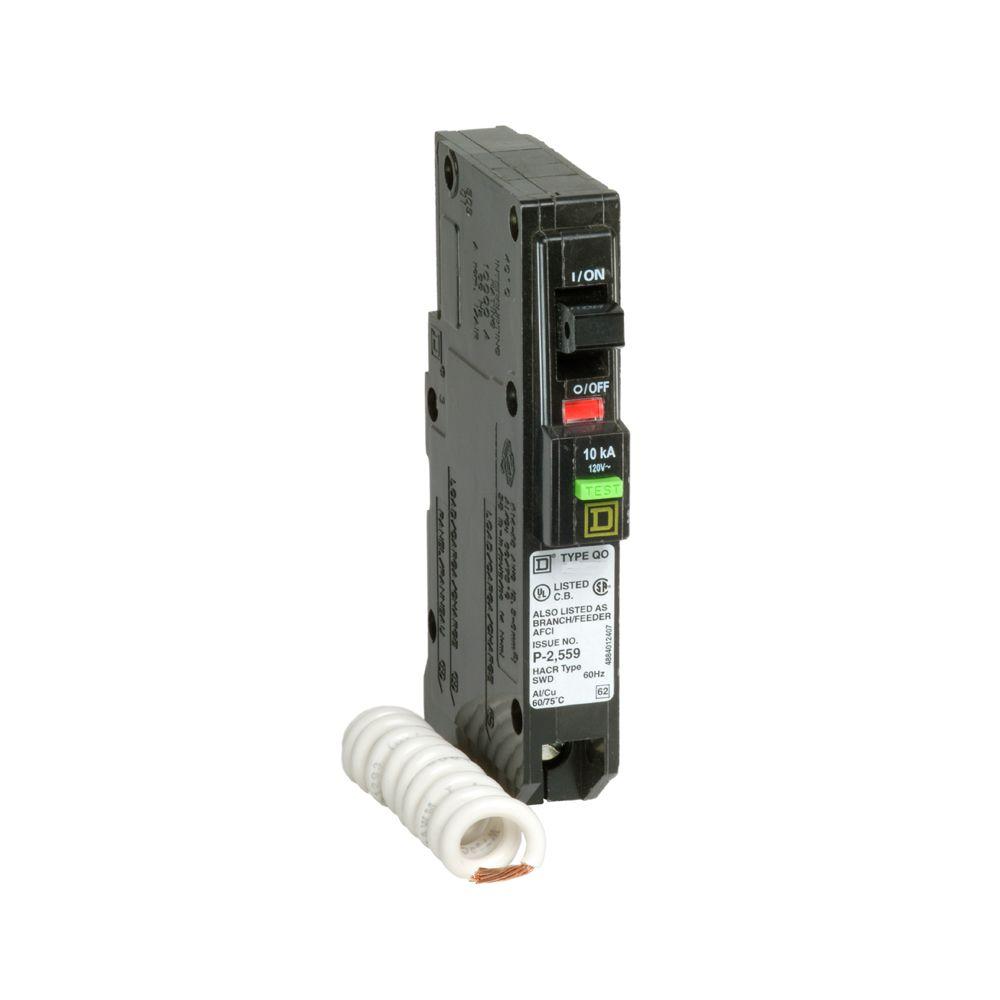DIY & Home Improvement
In reply to the discussion: I Don't Have Any Hot Water Coming Into My Sink In My Bathroom..... [View all]Hassin Bin Sober
(27,275 posts)The two little buttons are Test and Reset buttons. You are supposed to test the feature once a month to ensure it works (nobody does).
The way it works is it senses an imbalance in the circuit that may indicate a person is being shocked. The safety immediately kills the power in literally less than a heart beat so as to prevent electrocution.
They are required in kitchens, bathrooms, basements and outdoors - basically anywhere a person might come in contact with the very bad combination of electricity and water.
Water and electricity can be a particularly lethal combination because you are more “grounded” when you are standing in water (or touching a metal sink faucet). You are also more grounded when standing in bare feet on a basement floor or outside near a pool in bare feet.
Being grounded can turn a simple shock, that we’ve all probably experienced at one time in our lives, in to a deadly electrocution. The body becomes part of the circuit and the electricity stops the heart. The GFCI feature senses the imbalance and kills the power in less than a heart beat before the heart gets thrown in to a deadly rhythm.
My electrician was telling me he gets shocked from time to time working with electricity. The difference is he is standing in rubber souled shoes and in a position to “fall away” or drop what he is holding. He was saying the cases he’s seen were people have been killed are guys laying in their backs (grounded) on a crawl space floor holding a steel cased power tool that shorted out. Or cases of people doing laundry in bare feet in a basement (grounded) and inadvertently sticking their fingers on a plug while plugging in an appliance.
I would be surprised a home built in 1994 wouldn’t have them as they have been required by code since way before then.
 ?odnHeight=450&odnWidth=450&odnBg=FFFFFF
?odnHeight=450&odnWidth=450&odnBg=FFFFFF
There is a possibility that you may have the feature built in to your circuit breaker in your circuit breaker panel. If the circuit breaker has a test/reset button on the actual breaker then it is probably a “ground fault” circuit breaker.


https://home.howstuffworks.com/question117.htm
Every year, hundreds of Americans die due to electrical accidents called electrocution – death caused by electric shock. Sometimes electrocution happens in utility and construction incidents, but these tragic accidents happen in homes, too. Before the widespread adoption of GFCI (ground-fault circuit interrupter) outlets, around 800 people died annually in the United States. Now, thanks largely to the proliferation of GFCI technologies, particularly in areas near water, such as bathroom sinks or in places exposed to rain or standing water, that number has dropped to around 200 deaths per year [sources: Nickel Electric, Fish, at al.].
In short, GFCI outlets exist to protect people from electrical shock — it is completely different from a house fuse. The idea behind a fuse is to protect a structure from an electrical fire. If the hot wire were to accidentally touch the neutral wire for some reason (say, because a mouse chews through the insulation, or someone drives a nail through the wire while hanging a picture, or the vacuum cleaner sucks up an outlet cord and cuts it), an incredible amount of current will flow through the circuit and start heating it up like one of the coils in a toaster. The fuse heats up faster than the wire and burns out before the wire can start a fire. Catastrophe averted.
Unlike a home's fuse, the GFCI is integrated in the outlet itself. When you plug in an appliance, such as a hair dryer, the GFCI outlet monitors the amount of power going to the device. If you accidentally drop the appliance into sink full of water, the GFCI detects the interruption in current and cuts the power ... and possibly saves your life.
So how do you know if you're looking at an outlet equipped with GFCI capabilities? You'll see a Test and a Reset button (and perhaps an indicator light) built right into the outlet.
More at the link